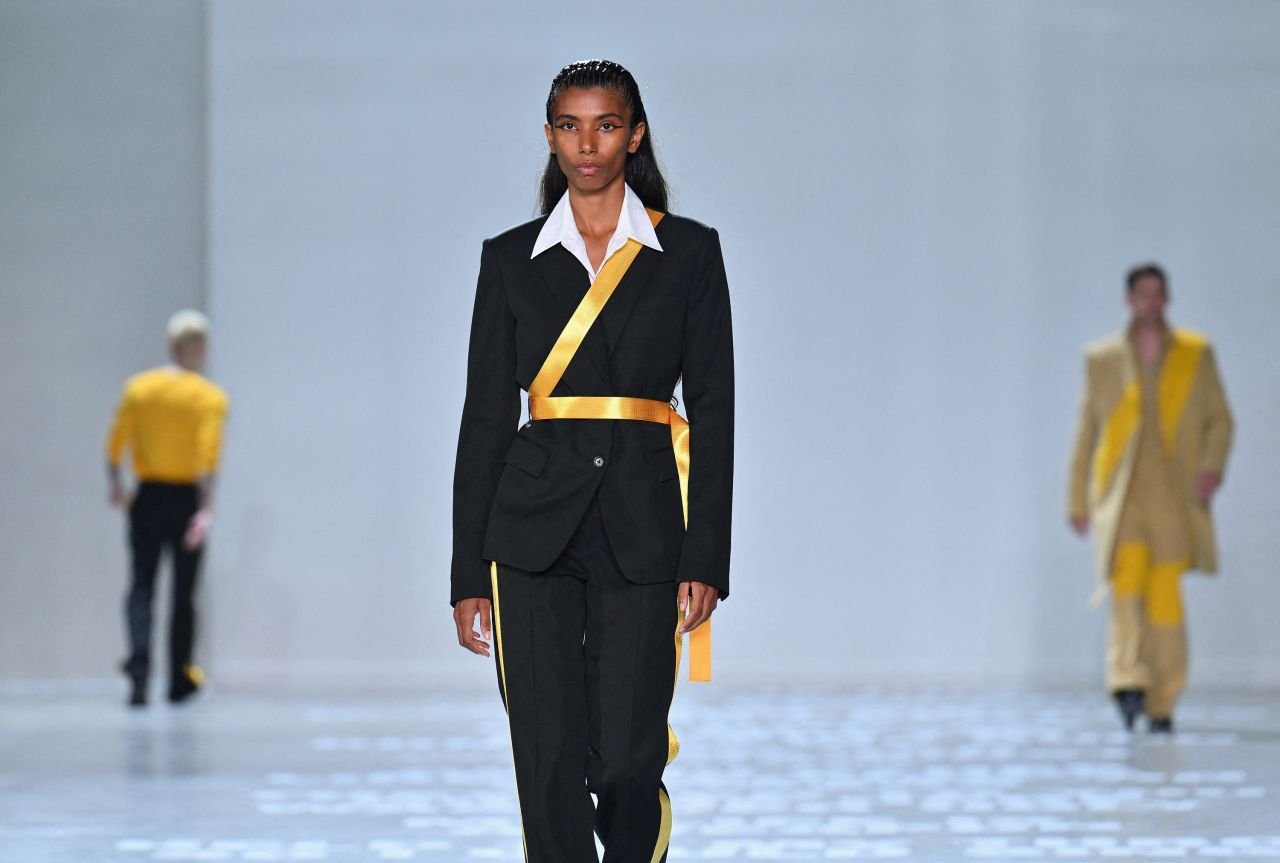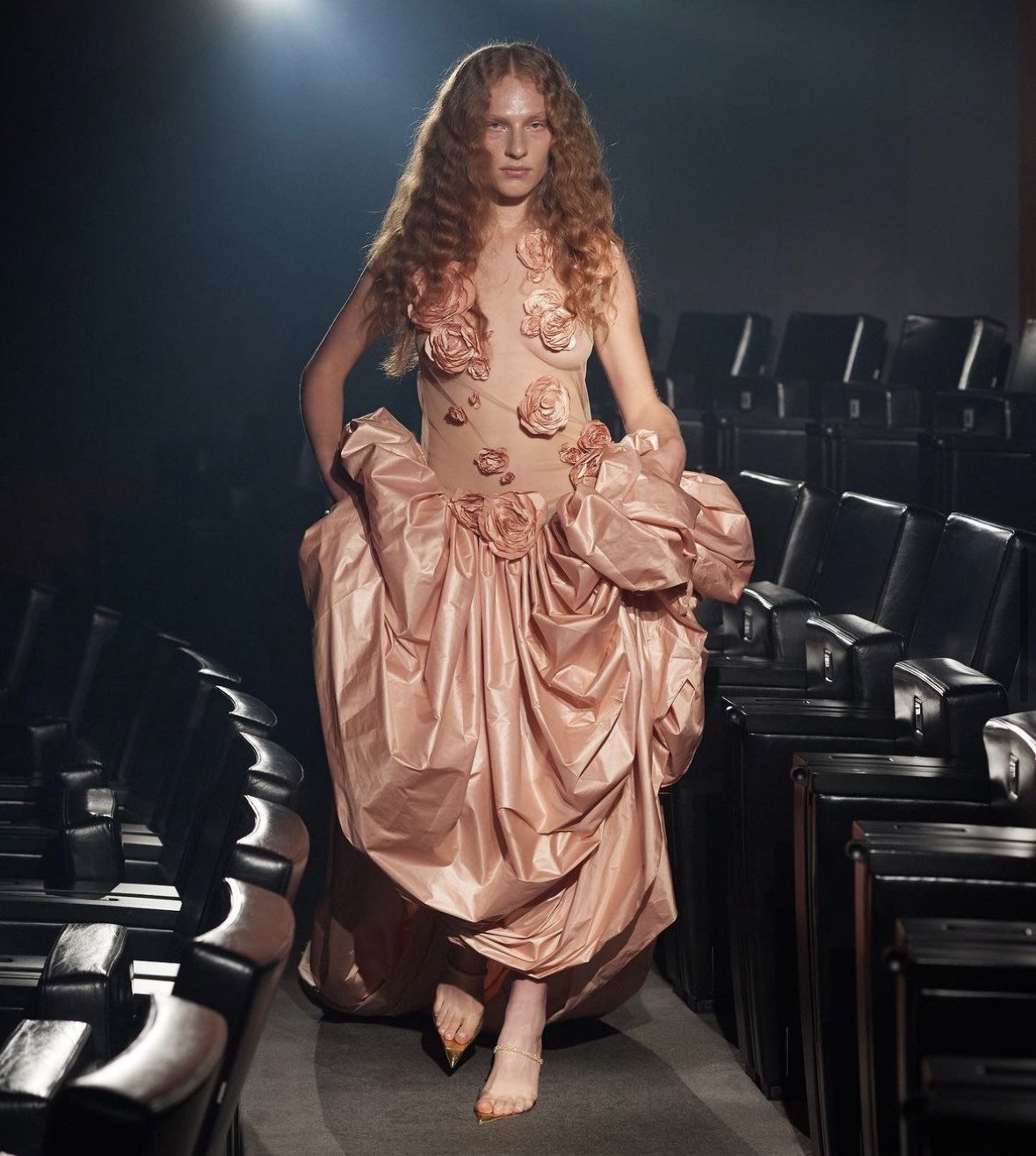What Were Codpieces and Why Were The Tudors Obsessed With Them?
The first thing to note, a codpiece is not a lovely piece of battered cod. A codpiece is, instead, a covering pouch that attached to the front of men’s trousers, enclosing one’s delicates, and was one of the most popular fashion items of the fifteenth and sixteenth centuries. Recall to your memory your childhood history classes when you studied the Tudor dynasty, was there something that always caught your eye about portraits of noblemen of the time, especially King Henry VIII himself? Let’s all admit it now, as grown-ups, we were all taken aback by the codpiece. It is, quite literally, unmissable, and that was the point.
For many millennia, humans have been fashioning fabrics and materials into garments designed to cover certain areas, and for many differing reasons. Today, it is generally accepted that people should keep genitalia covered as we view nudity as inherently sexual and something to be kept private. Dancers and sportspeople with penises will often wear jockstraps, or specially designed underwear, to keep everything in place and safe during exercise. So, of course, our medieval ancestors also had their preferred methods of keeping their bits in place during the day, thus the codpiece came into existence.
Up until the popularity of the codpiece, men wore hose, however, unlike today they were not joined at the top, instead, they were two separate pieces of material worn over linen drawers and shifts. This meant that a persons ‘area’ was easy to access, and, much like women’s fashions, this was rarely an issue. In fact, women’s popular fashions would keep areas open until the 19th century! As the fourteenth century progressed, European men’s styles began to favour shorter hemlines and doublets also became shorter. The eye’s focus, therefore, shifted to that more central spot on a person, and something needed to be done to keep this covered.
Portrait of Antonio Navagero (1565) with an accentuated codpiece, oil on canvas by Giovanni Battista Moroni
At first, the codpiece was a simple triangular piece of fabric that covered the gap and kept things disguised. Without wanting to generalise too much, men can have a tendency to play the age-old game of ‘mine’s bigger than yours’, so it was really only a matter of time before codpieces were used to emphasise instead of hide. They were now a way to show off. In the Elizabethan play Wily Beguiled, a character named Will Cricket boasts that women find him attractive as he possesses “a sweet face, a fine beard, comely corpse, and a carousing codpiece”. Says it all really, doesn’t it! In the 16th century, masculinity was highly desired, with notions of chivalry and honour being the mainstream.
In an age lacking photography, our predecessors throughout history used paintings to describe themselves and portray a desirable, and pretty much always, exaggerated ideal. Queen Elizabeth I was notorious for making sure she was portrayed much younger than she was in her official portraits, and King Henry VIII always made sure to show off his massive codpiece. Henry had a rather famous issue with siring a son, and his kingdom was well aware of this concern, so to make sure his manhood wasn’t too much in question, he forced all eyes to his king-maker. If the King did, then his subjects would too, and the business of codpieces was epic.
You could have yours created all manner of materials, velvet, silk and even bejewelled if that tickles your pickle, so to speak. Even young boys were encouraged to wear them. The codpiece was not just for everyday wear either, it also made its way onto the battlefield in a metal armour design. This, however, had rather more practical usage than the everyday fabric designs.
As with many things in fashion history, it is hard to be precise about many things, and this includes the end of the codpiece. It slowly fell from favour during the reign of Queen Elizabeth I, a time were more feminine features were de rigueur, and the eye was drawn the face via the use of ruffs. At the end of the day, the codpiece helped men to answer a question of size. While they were popular for a while, they have since been the subject of much mockery and, apart from the occasional appearance in high fashion collections, such as Versace in 2014, they cease to be used.










